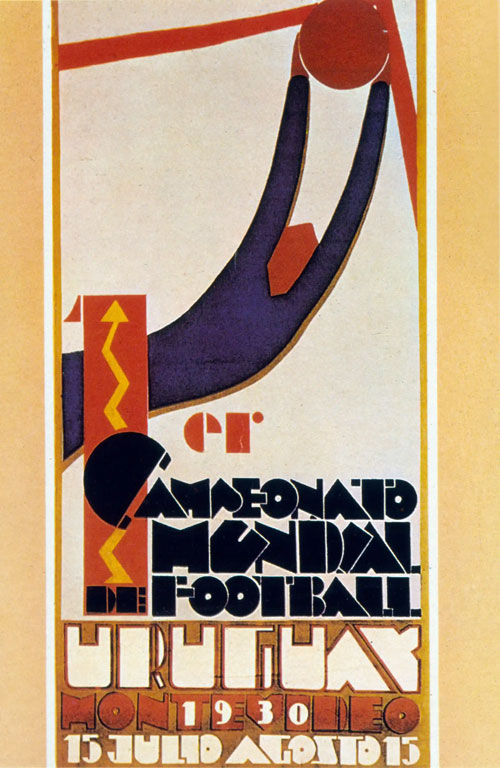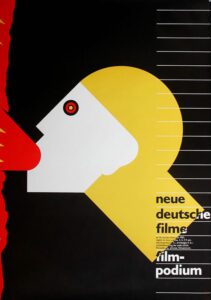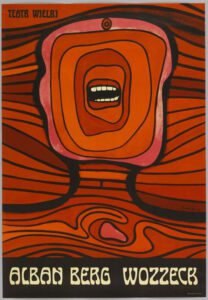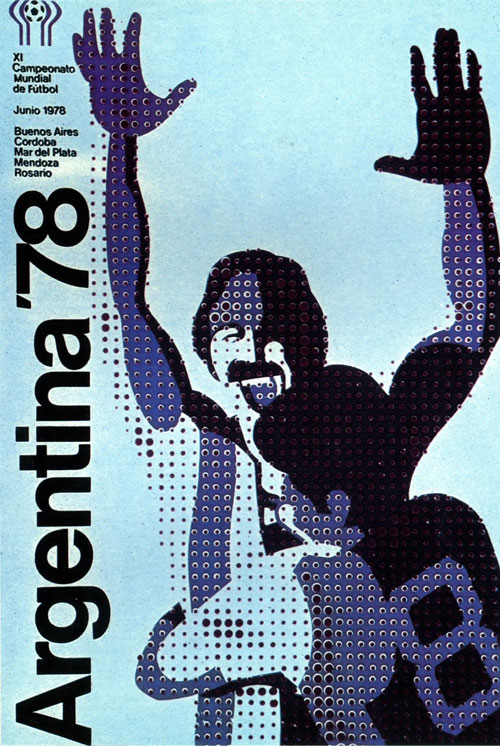
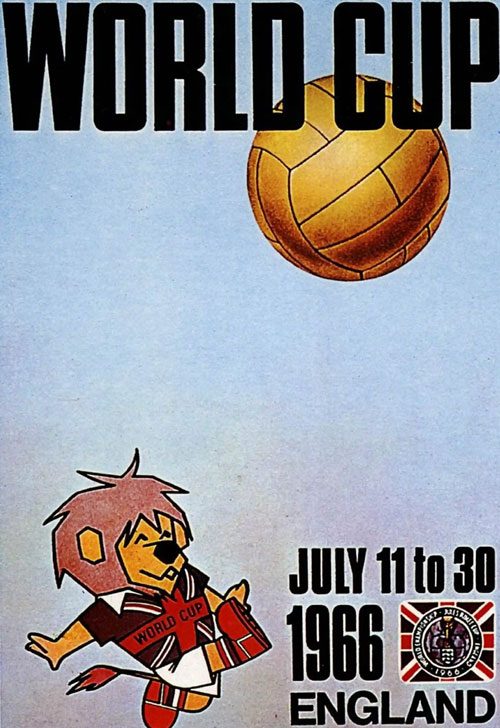
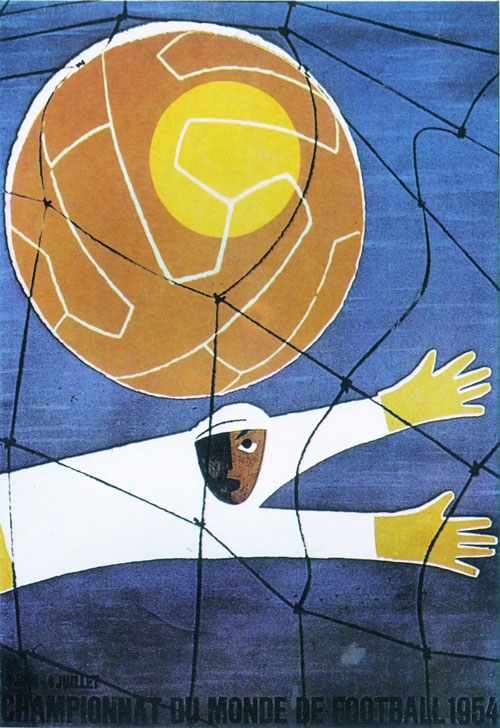
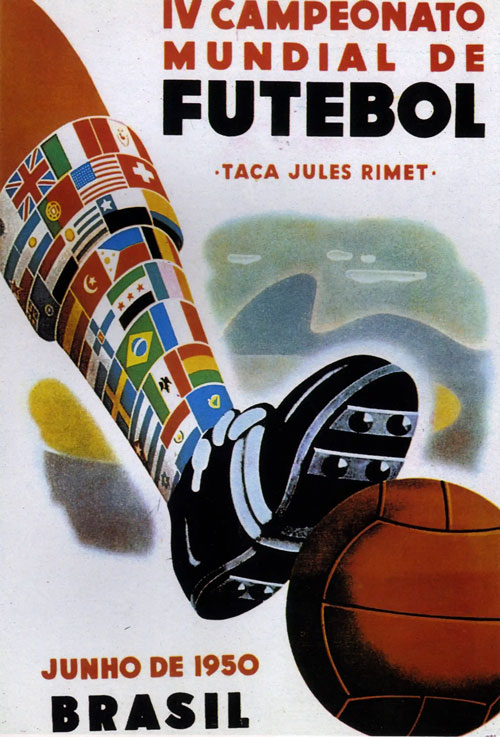
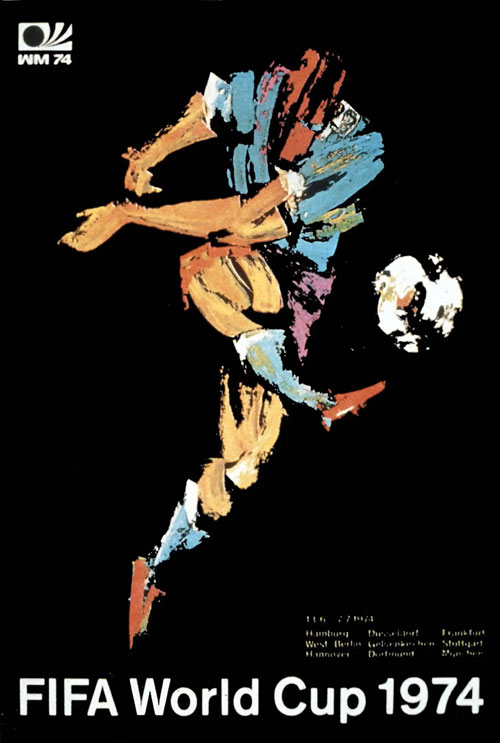
The story behind early World Cup posters
As fans continue to celebrate the Qatar 2022 World Cup, we thought it was worth looking back on the legacy that this tournament has had – not just on the world of sport, but also on major historical factors like nation-building and socio-cultural movements.
The poster for each World Cup tournament has played a part in reflecting the concerns of the host nation, as well as offering us a piece of history.
Let’s take a look at the stories behind some of the iconic early FIFA World Cup posters:
1. Uruguay, 1930
It’s hard to believe it now, but the first World Cup all the way back in 1930 was a rather muted affair. Only 13 teams took part in the tournament in Uruguay (and only four from Europe, considered to be the biggest footballing continent).
The poster for the World Cup was designed by Uruguayan artist Guillermo Laborde. The oil painting features a minimal rendering of a goalkeeper jumping to catch a ball which is headed for the top corner of the goal.
Laborde, along with several other artists, was a founder of the “Planismo” art movement, which was named after the common trait they shared, whereby they painted in austere, geometric “planes” with bright colours.
As World Cup posters go, this first one helped set a trend that posters could be art pieces, as well as reflect national cultural movements.
Designed by Filippo Tommaso Marinetti, this poster stressed the ‘national’ element of what the World Cup was all about – with flags playing a prominent feature here, ribboned diagonally in the backdrop.
Much has been made about the fact that the 1934 World Cup took place while Italy was under the grip of fascist leader Benito Mussolini (indeed, many have said that the image of a strong, muscular, Italian-shirt-wearing football player is part of Mussolini’s idealism of fascism).
This might be a stretch, as the poster could hardly be said to outwardly emphasise fascist propaganda. But nevertheless, it did stress the idea that World Cups were fierce competitions, where nations could showcase pride in their nationality.
